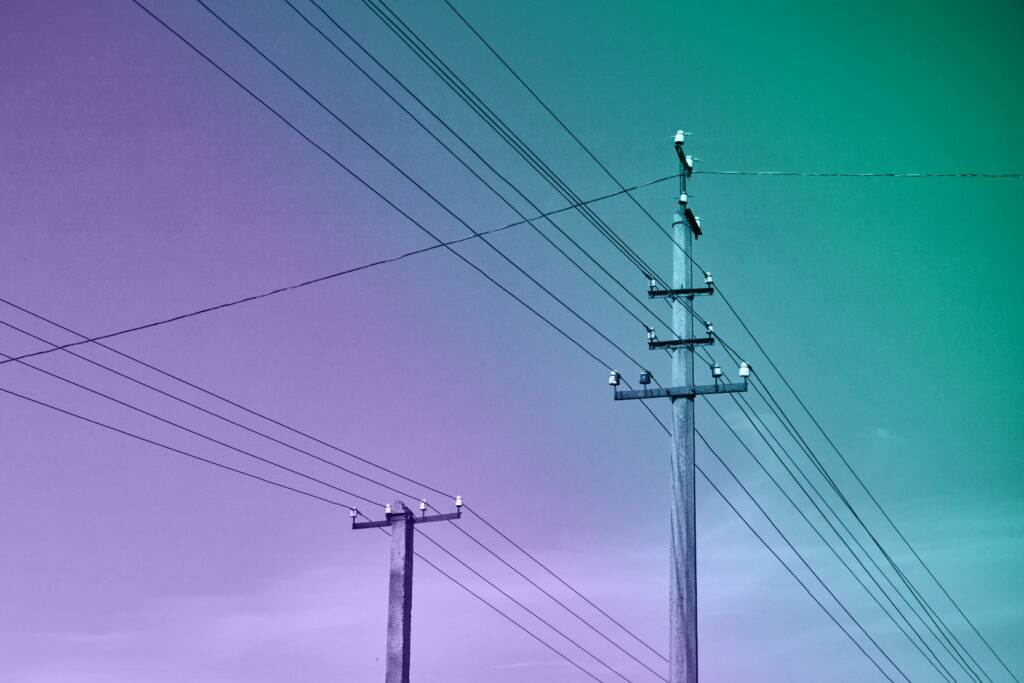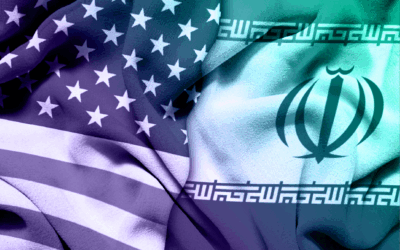February 20, 2024
By Alec Vaughan, Capstone Special Situations analyst
In early February, the Wall Street Journal continued its steady drumbeat of articles on telecom giants AT&T Inc.’s (T) and Verizon Communication Inc.’s (VZ) installation of lead-sheathed cables decades ago and the potential health problems they could cause. However, lost in the noise is a new policy risk that threatens to increase the lead liability of both telecom giants.
The latest news reports focus on a new investigation from the National Institute for Occupational Safety and Health (NIOSH) on worker safety of lead cables in Western Massachusetts. While NIOSH can make recommendations to the Occupational Safety and Health Administration (OSHA), it does not have the enforcement authority to levy fines or citations, muting the investigation’s read-through on AT&T and Verizon’s lead liability in the near term. The Journal reported in January that the Environmental Protection Agency (EPA) called a meeting of telecom executives to discuss their lead-sheathed phone cables. To those familiar with the Comprehensive Environmental Response, Compensation, and Liability Act, or CERCLA (also known as Superfund), this is “business as usual” for the investigation phase. Despite the triviality of these updates, the stocks both diverged from the market and sold off.
However, sandwiched between these updates from WSJ was a significant underappreciated policy change from EPA that 1) will increase AT&T’s and Verizon’s lead cleanup costs; and 2) has gone largely unnoticed by the market. On January 17th, EPA lowered its regional screening level (RSL) for lead in soil from 400 parts per million (ppm) to 200 ppm at residential properties and set its removal management level (RML) at 200 ppm. If there are other sources of lead exposure, such as lead in air or water, then EPA will further lower the RSL to 100 ppm. The agency’s goal with these revised guidelines is to reduce toxic levels of lead exposure and significantly increase the number of residential properties evaluated or reevaluated for potential cleanup.
Sandwiched between these updates from WSJ was a significant underappreciated policy change from EPA that 1) will increase AT&T’s and Verizon’s lead cleanup costs; and 2) has gone largely unnoticed by the market.
Notably, the RSL and RML are not thresholds that determine remediation action. Those are site-specific determinations that are influenced by a host of other factors, such as community input and the level of lead that was already in the area (background lead). However, RSL is used at the beginning of an investigation and determines whether a Superfund site warrants further study, and RML is used to prioritize areas that pose the greatest risk to human health. This is an issue for AT&T and Verizon. A significant increase in the number of sites that warrant further study would significantly increase the costs associated with this closer study, including more intensive site testing and more time spent on each site. EPA also defines “residential properties” very broadly, encompassing things such as parks, recreational areas, community centers, and greenways.
Publicly available testing data from EPA show that by lowering the RSL to 200 ppm, roughly 72% of all soil samples collected near lead cables are above the threshold, a nearly 40% increase compared to the original RSL. While the sample size is still small (306 samples taken across three different sites), a 40% increase in samples that warrant further study is significant. Nearly all the costs for this follow-up study will eventually fall on AT&T and Verizon, the two central potentially responsible parties (PRPs) in the Superfund fight.
This is an issue for AT&T and Verizon. A significant increase in the number of sites that warrant further study would significantly increase the costs associated with this closer study.
This is an increase in aggression from the Biden administration and EPA against lead contamination, and it also feels a bit targeted. The RSL has not been updated in roughly 30 years and it feels a little more than coincidence that the threshold is lowered right as a slew of lead-contaminated Superfund investigations begin to kick off. The administration also recently increased its aggressive oversight of lead-pipe contamination, which previously had been meek.
EPA’s move so far has gone under the radar for the investment community. The Wall Street Journal, the number one source for breaking news on the subject, failed to mention the change. There also is an open comment period on EPA website for the change, which has yet to receive a single comment. While litigation over lead cables and the cleanup process will take decades to play out, we expect headline risk associated with new WSJ updates will continue to factor into AT&T and Verizon’s share price. As always, we remain committed to closely monitoring these developments and providing our clients with timely updates.

Alec Vaughan, Capstone Special Situations analyst
Read more of Capstone’s Special Situations coverage:
The Fallout: Preparing for the Growing Economic Risk of Natural Disasters
The Growing Disaster Resilience and Recovery Economy
Read Alec’s bio here.



























